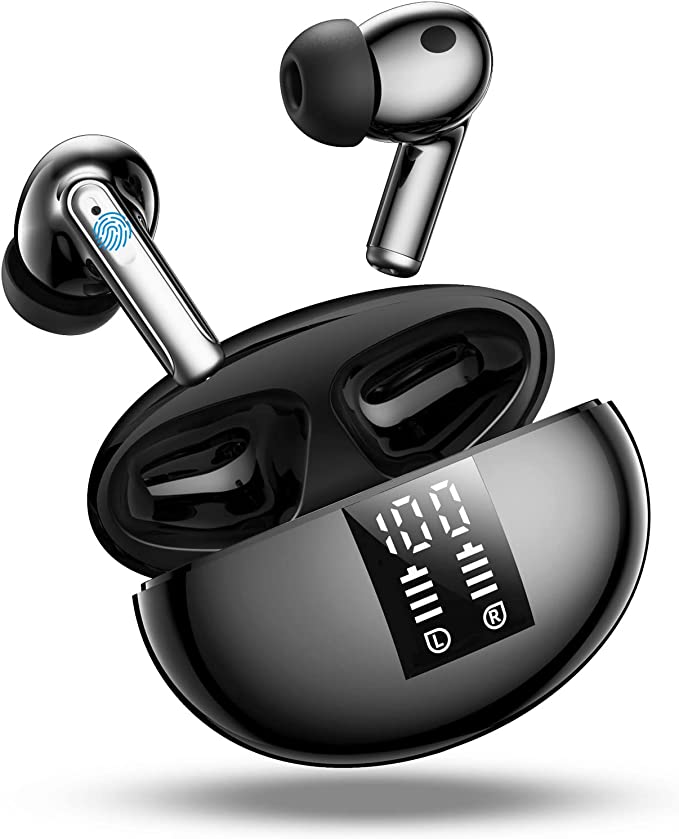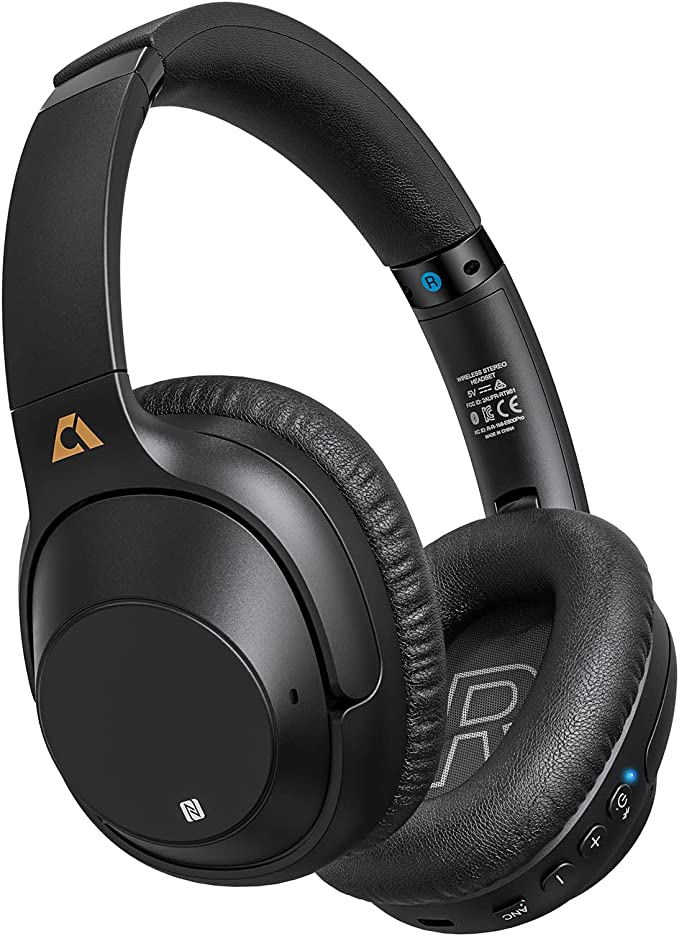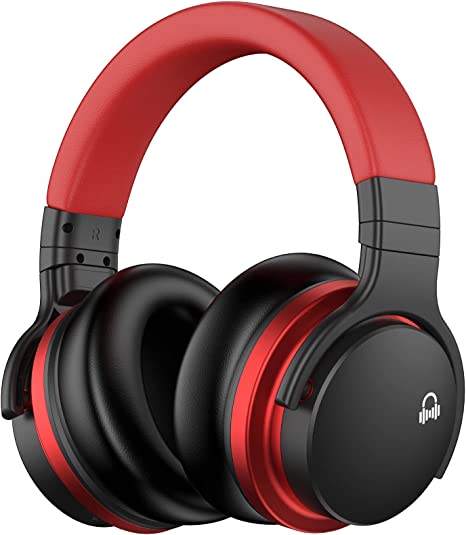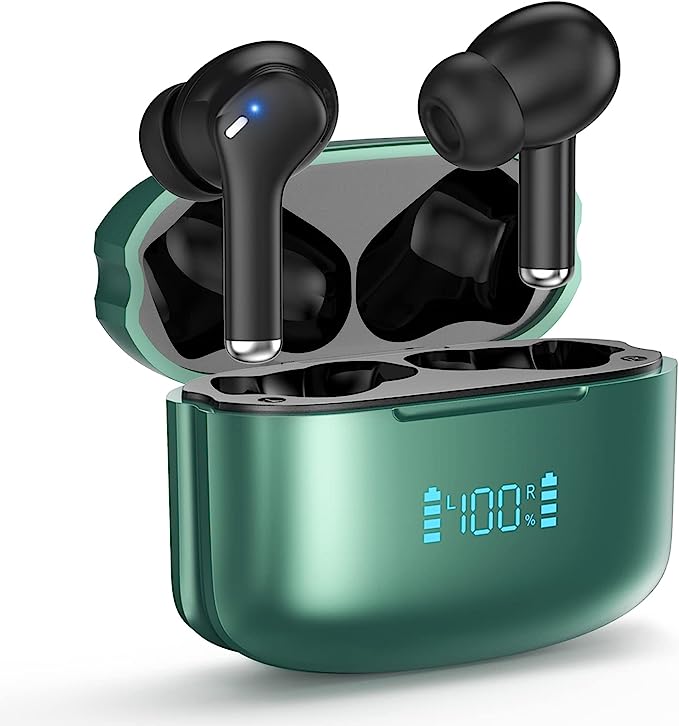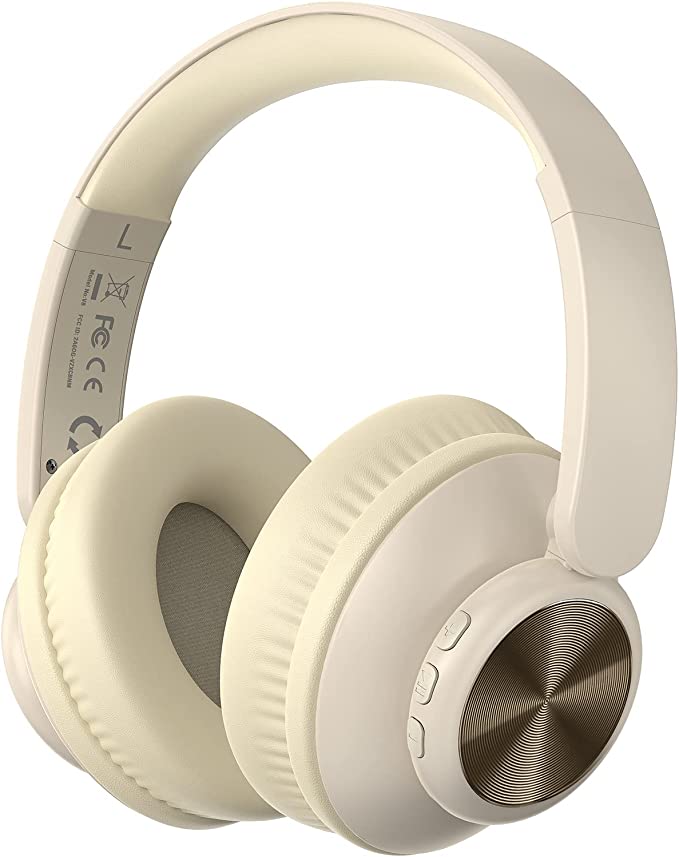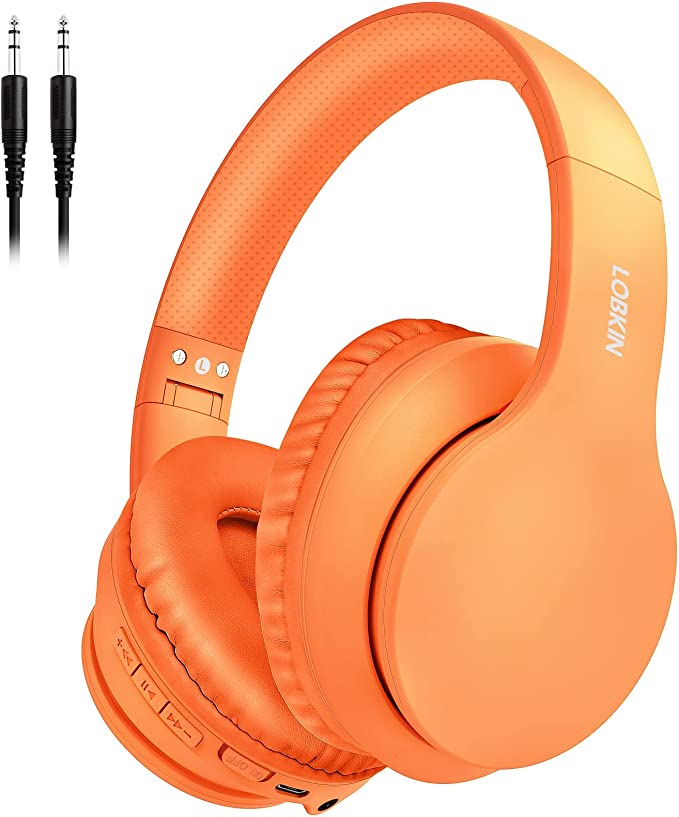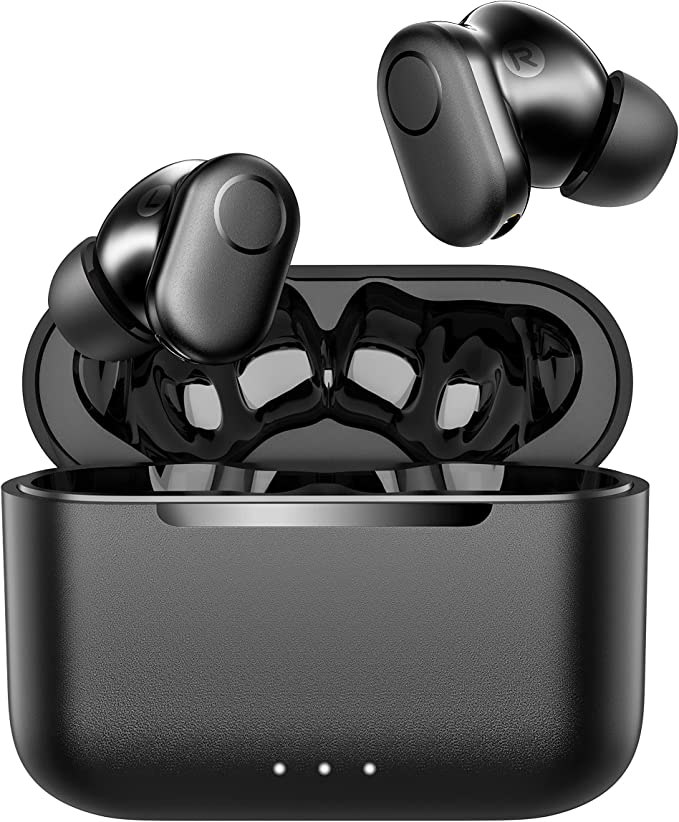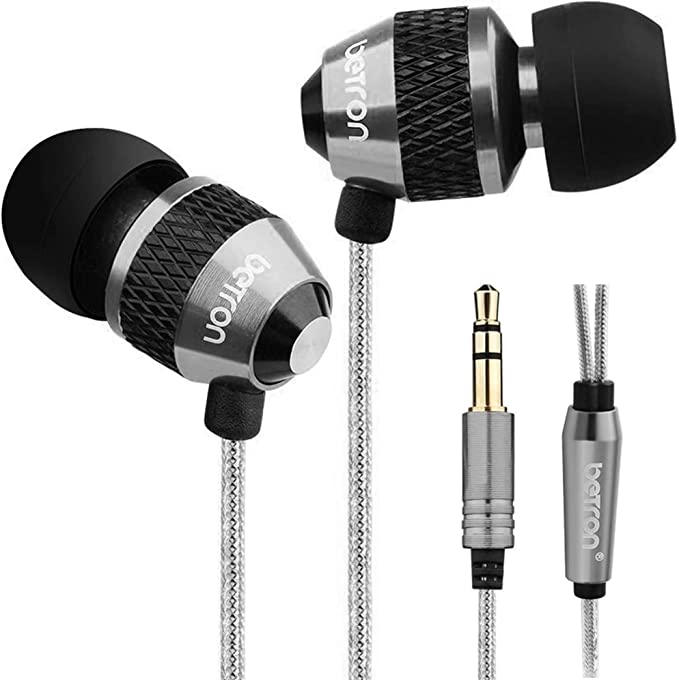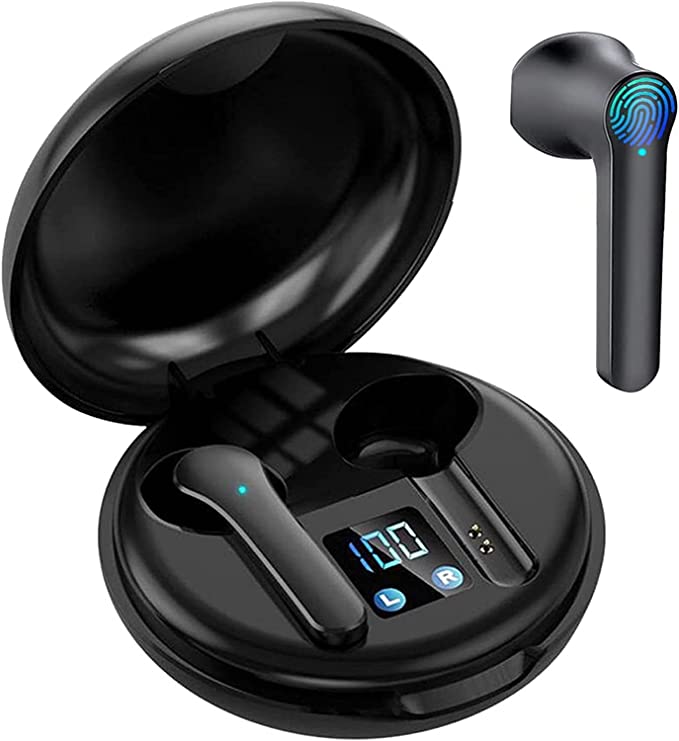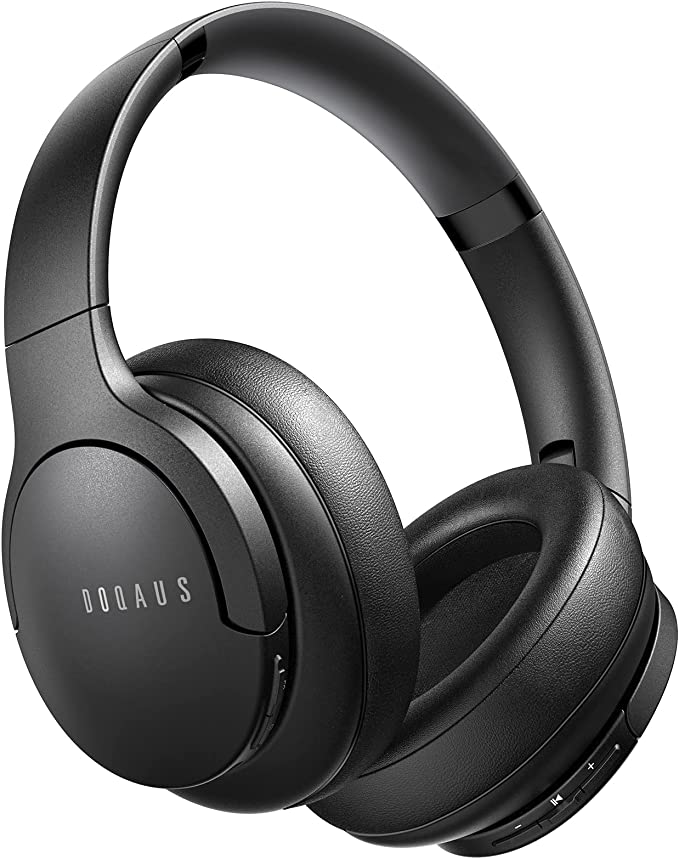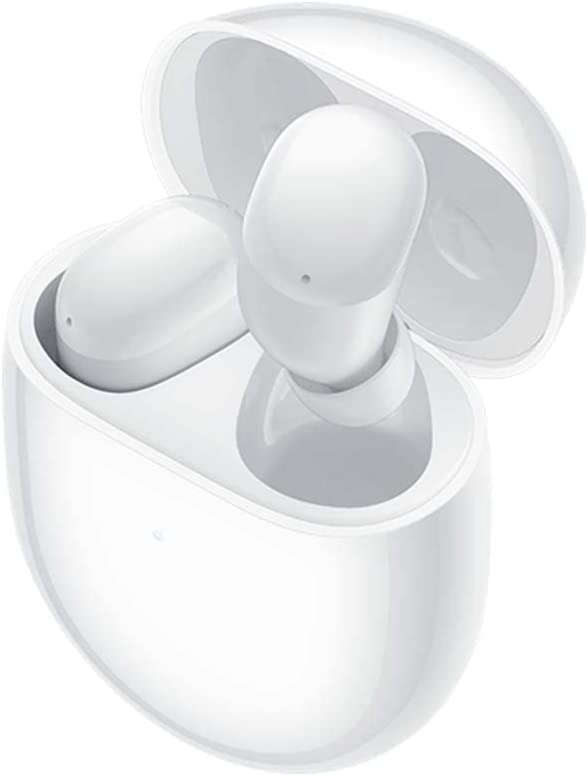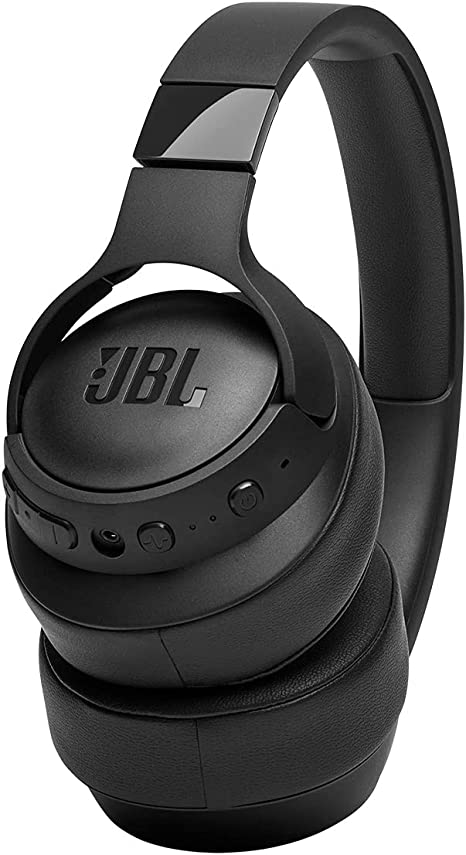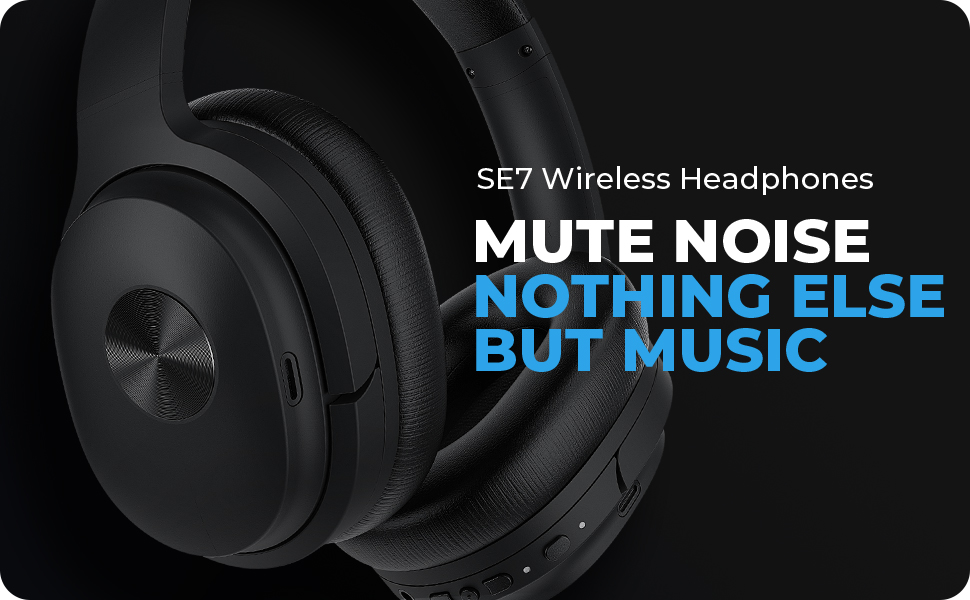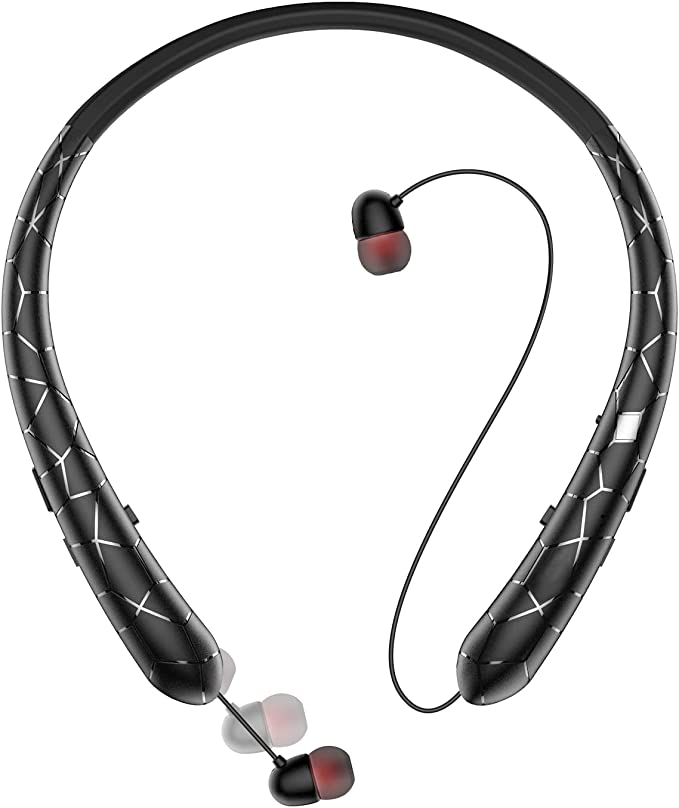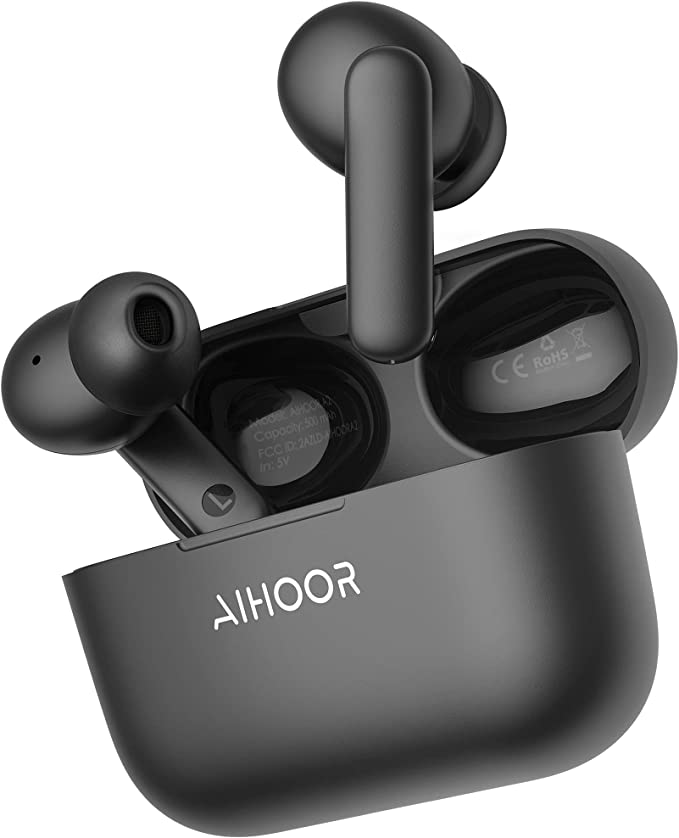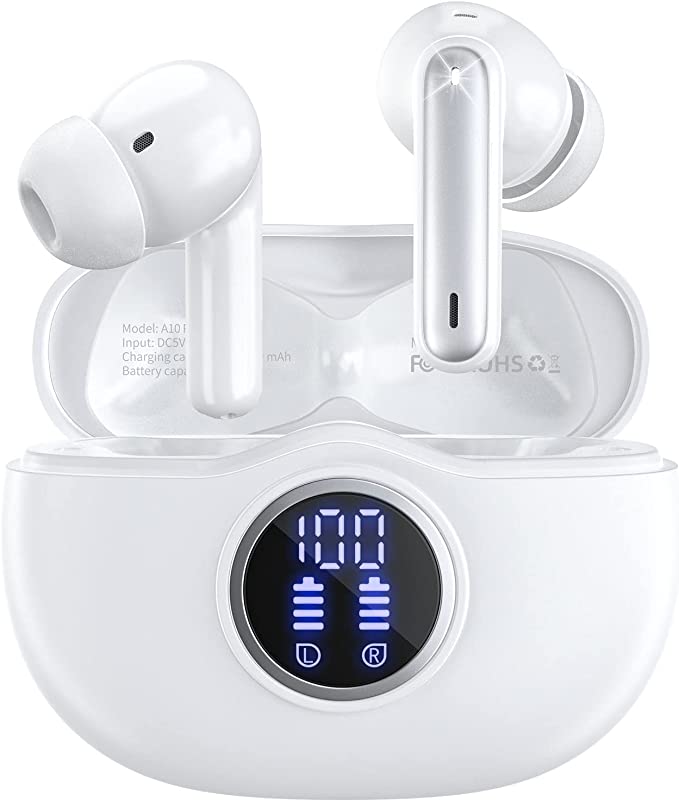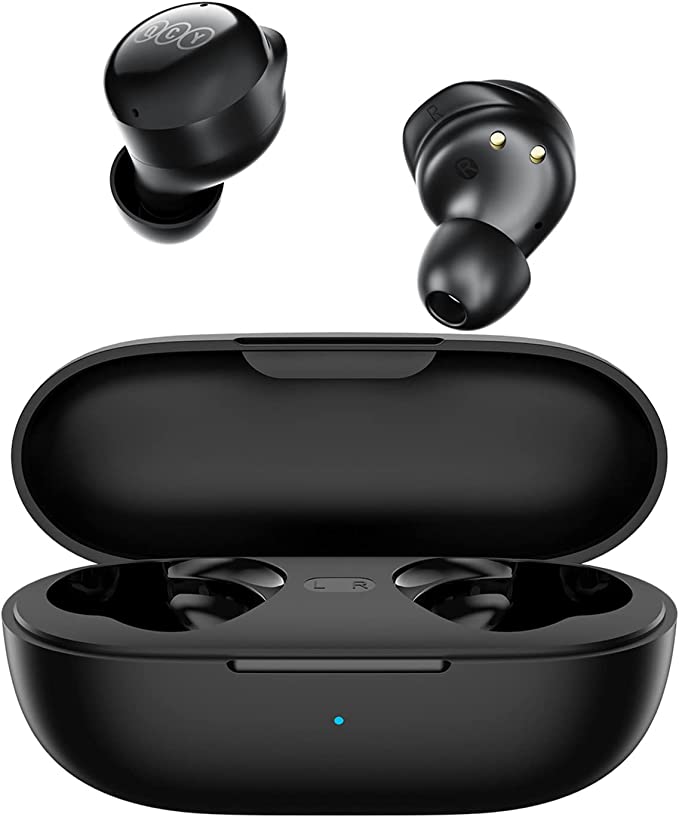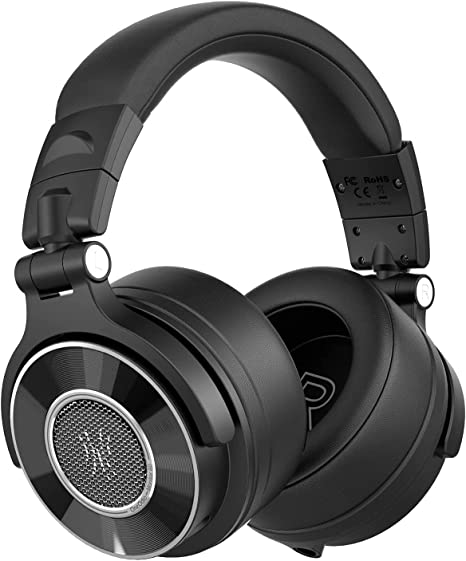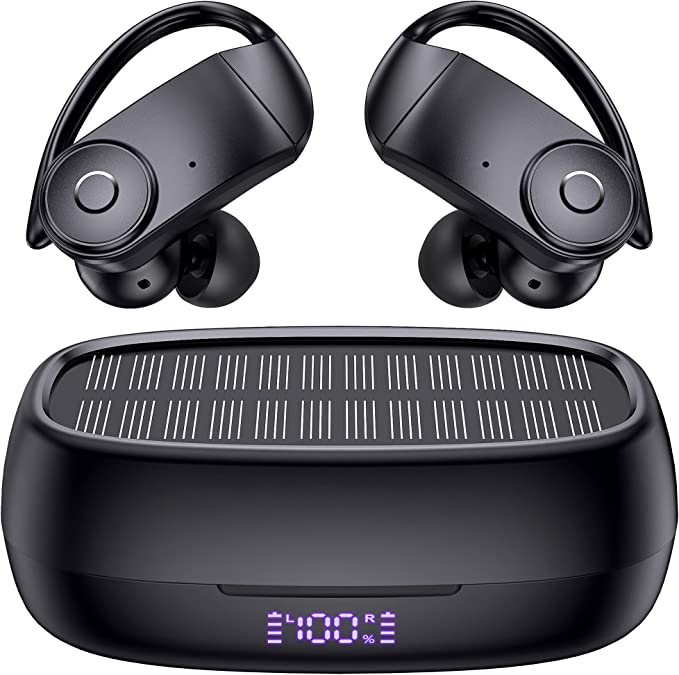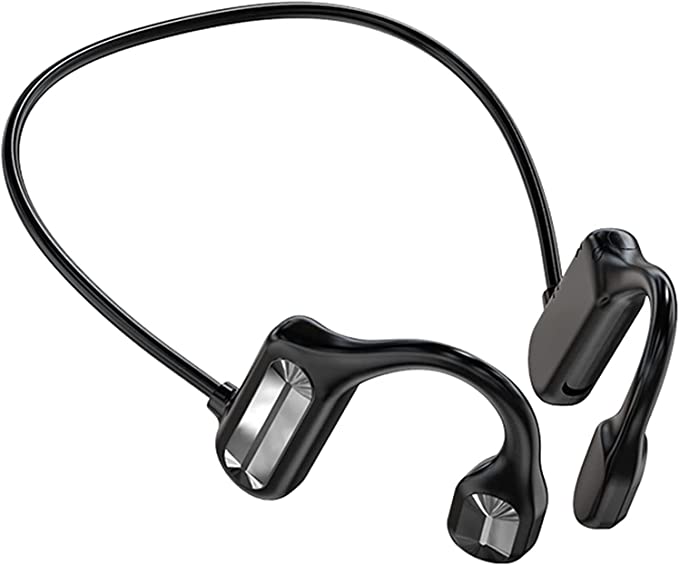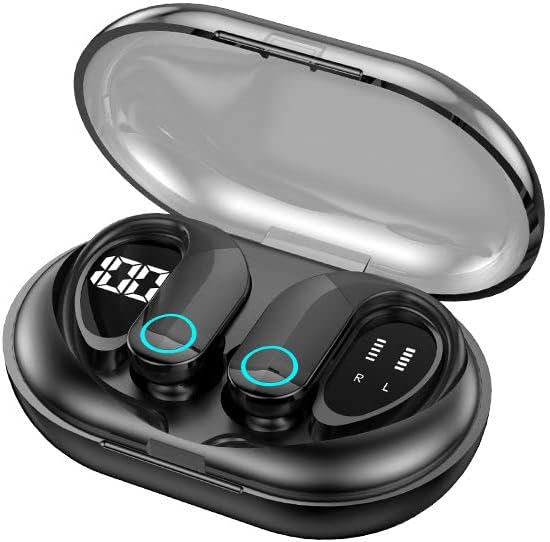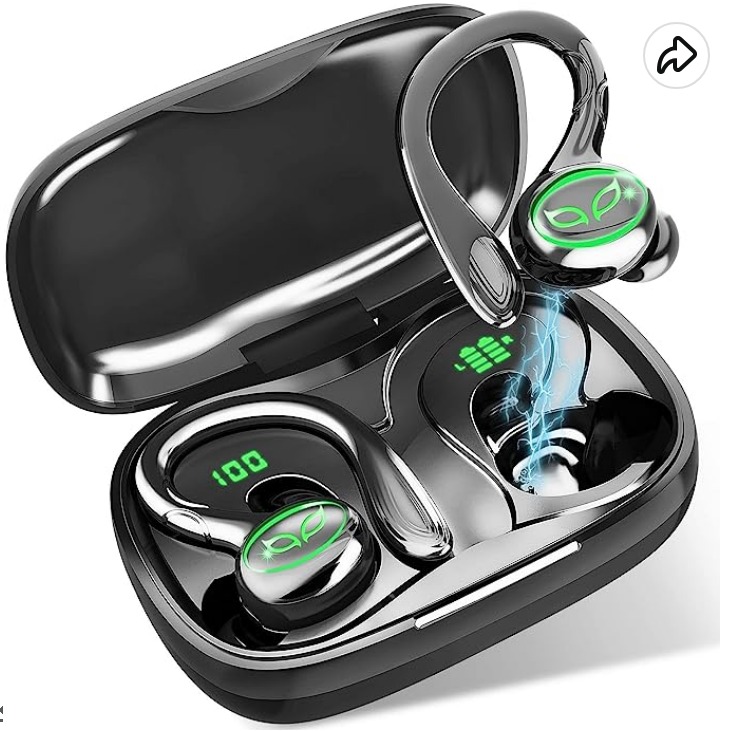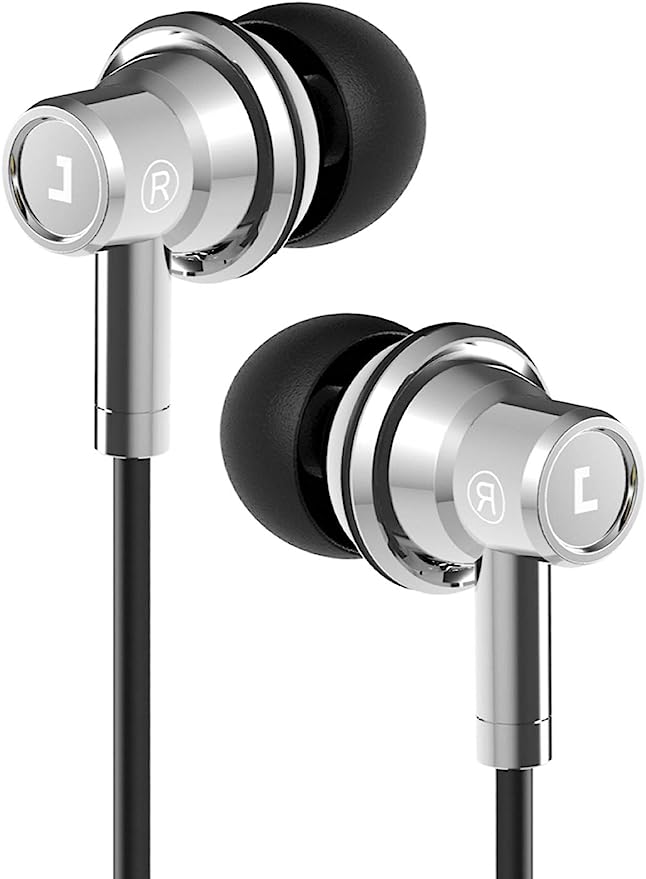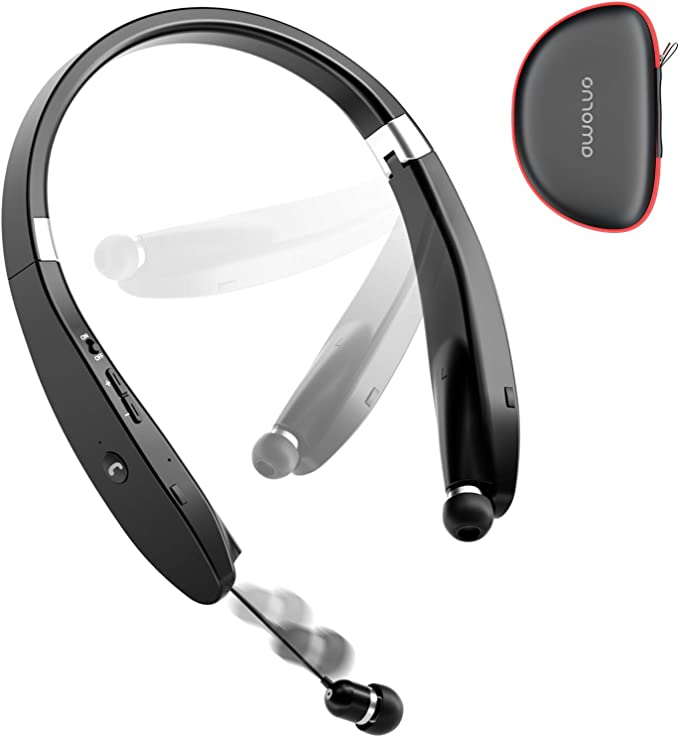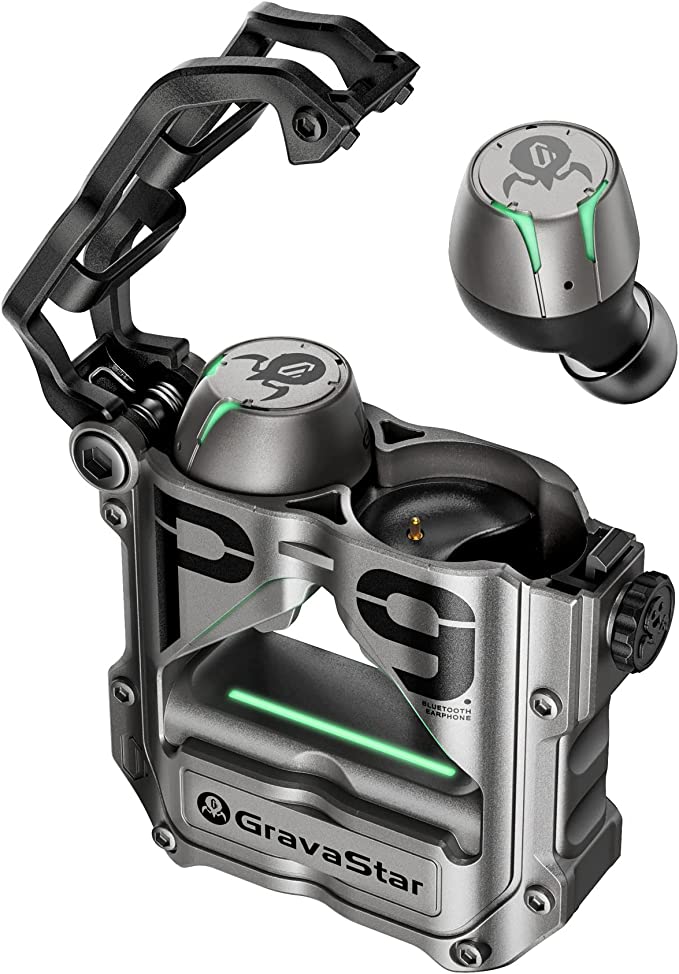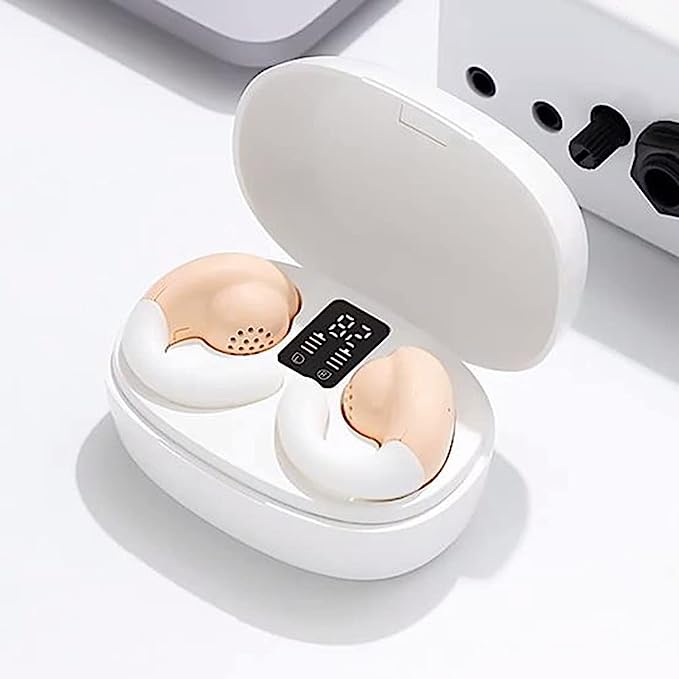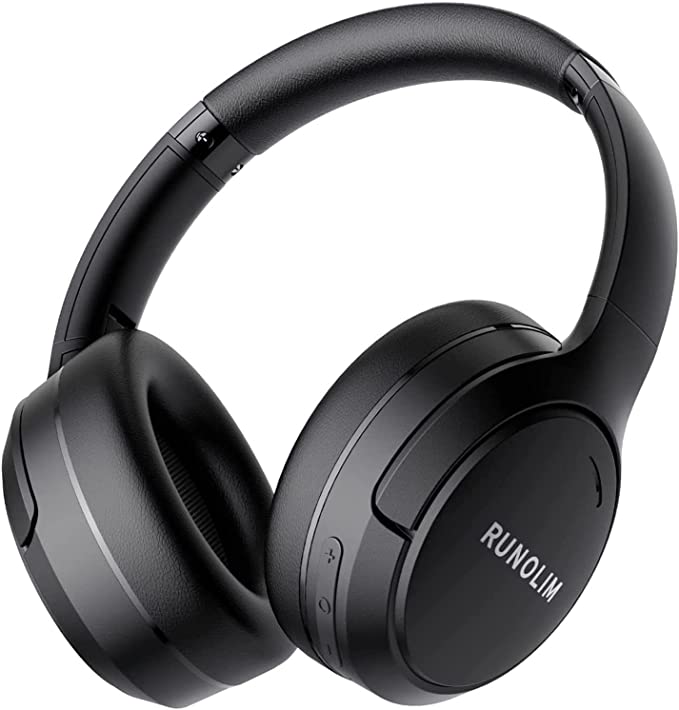The Unseen Partnership: How Bluetooth 5.3 Makes Active Noise Cancellation Better
Update on Oct. 30, 2025, 7:08 a.m.
Have you ever felt that “magic” moment when you first put on a pair of Active Noise Cancelling (ANC) headphones? The deep rumble of a train, the drone of a plane engine, or the distracting hum of an office air conditioner suddenly fades into a whisper. It feels like stepping into your own private sanctuary.
For years, this magic—known as Active Noise Cancellation—has been the star feature. But here’s a secret the spec sheets don’t tell you: ANC doesn’t work alone.
You might have noticed that even with good ANC, some wireless headphones suffer from audio lag when you’re watching a movie. Or perhaps their battery life plummets the second you switch the noise cancellation on.
Why? Because there’s a second, often-overlooked technology that acts as the backbone for the entire experience: Bluetooth.
We’re not just talking about any Bluetooth. We’re talking about the latest standards, like Bluetooth 5.3. The partnership between your ANC and your Bluetooth chip is one of the most critical, yet least-discussed, factors in modern audio.
So, let’s put on our mentor caps. Forget the marketing hype. Today, we’re going to build this from the ground up and explore the unseen partnership. How does a better “data highway” like Bluetooth 5.3 actually make the “magic” of ANC smarter, faster, and more efficient?
Chapter 1: The “Anti-Noise” Miracle (A Mentor’s Guide to ANC)
Before we see how Bluetooth changes the game, we need to agree on what Active Noise Cancellation really is. It’s not just “blocking” sound. That’s Passive Noise Isolation—think of it as earmuffs. The physical materials of the headphone, like the dense memory foam earcups on an over-ear model, create a physical seal to muffle outside noise.
Active Noise Cancellation is far more complex. It’s an electronic process that creates new sound to erase old sound.
Imagine you’re looking at waves in a pond. A boat goes by and creates a ripple. Now, what if you could perfectly time dropping a pebble to create a new ripple that is the exact opposite of the boat’s wave? Where the boat’s wave has a peak (a crest), your pebble wave has a valley (a trough).
When these two opposite waves meet, they cancel each other out. The surface of the water becomes calm again.

The Three Key Players in ANC
This “wave cancellation” is precisely what happens inside your headphones, just with sound waves. This feat is accomplished by three key components working in fractions of a millisecond:
- The Microphone(s): Tiny microphones on the outside of the headphone “listen” to the ambient noise around you (the boat’s wave).
- The Digital Signal Processor (DSP): This is the “brain.” It instantly analyzes the sound wave captured by the microphone and calculates its exact opposite—the “anti-noise” signal (your pebble’s wave).
- The Speaker (Driver): The headphone’s main speaker then plays this “anti-noise” signal into your ear at the exact same time as the original noise.
The result? The two sound waves collide and neutralize each other before they ever reach your eardrum. All you hear is your music, your podcast, or blessed silence.
The Limits of the Magic
This is why ANC is brilliant at canceling constant, low-frequency sounds (like engines and fans). The “brain” can easily predict the wave and generate its opposite.
However, it’s why ANC struggles with sudden, high-frequency sounds, like a person’s voice or a dog barking. These sounds are too complex and unpredictable. By the time the “brain” has figured out the anti-noise wave, the original sound has already passed.
For this entire system to work, the “brain”—that DSP—needs to be incredibly fast. But it also needs a clean, stable, and fast way to receive your actual audio (your music) and manage its own calculations. This is where its partner comes in.
Chapter 2: The “Data Highway” (Why Bluetooth 5.3 Isn’t Just “Wireless”)
For the longest time, we’ve treated Bluetooth as a simple “on/off” feature. It’s the invisible cord. But in reality, Bluetooth is a complex data highway, and not all highways are created equal.
Think of an older Bluetooth version (like 4.2) as a single-lane country road. It works, but it gets congested easily. If you try to send a high-quality music file and a phone call down that road at the same time, things get slow and choppy.
Newer standards, and specifically Bluetooth 5.3, are like a modern, multi-lane superhighway.
This new standard introduced several key upgrades, but the most important for audio is how it handles data. It’s not just about speed; it’s about efficiency and stability.
- It’s More Efficient: Bluetooth 5.3 is much smarter about how it sends data “packets.” It can send the same information using less power and in less time.
- It’s More Stable: It’s better at navigating crowded airwaves (like in an office or airport with hundreds of other wireless devices), reducing the chance of stutters or dropouts.
- It Introduces LE Audio: This stands for “Low Energy” Audio. It’s a new foundation for wireless sound that uses a brand new codec (LC3) designed for high quality at low power.
So, what does this superhighway have to do with the “magic” of ANC? Everything.
Chapter 3: The Partnership: How Better Bluetooth Makes ANC Smarter
Here is the central lesson: The ANC “brain” (the DSP) and the Bluetooth chip are in a constant battle for two resources: processing power and battery life.
A better Bluetooth standard, like 5.3, acts as a better partner, easing the burden on the entire system. Here’s how.
1. The Latency and Bandwidth Problem (The Audio “Traffic Jam”)
This is the most common issue. Your headphones are trying to do two things at once:
1. Stream your music (e.g., from a Netflix movie).
2. Run the ANC calculations to silence the room.
On an old “country road” Bluetooth connection, this creates a traffic jam. The system can’t handle both high-quality audio and the demanding ANC process simultaneously. The result is latency, or lag. You see someone’s lips move on-screen, and you hear their voice a split-second later.
How Bluetooth 5.3 Fixes This: The new “superhighway” has much higher bandwidth and is more efficient. It can handle the high-quality audio stream from your movie and the separate data stream for the anti-noise calculations without breaking a sweat. This dramatically reduces latency, making Bluetooth 5.3-equipped headphones far better for watching videos and gaming.

2. The Battery Drain Problem (The “Power Vampire”)
Both the DSP “brain” and the Bluetooth chip are power-hungry. Running ANC is like running a high-performance app on your phone—it just drains the battery.
On older headphones, the Bluetooth chip itself was also a power vampire. Turning on ANC and Bluetooth at the same time was a death sentence for your battery, maybe lasting only 15-20 hours.
How Bluetooth 5.3 Fixes This: The introduction of LE (Low Energy) Audio and more efficient data transmission means the Bluetooth 5.3 chip sips power instead of gulping it. Because this “partner” is so much more efficient, it frees up precious battery power for the other demanding component: the ANC “brain.”
This is how modern headphones, like the MPWHYL JH-ANC805, can achieve staggering playback numbers. A spec like “65 hours of playback” isn’t just a big battery; it’s a testament to the power efficiency of the entire system, a feat made possible by the low-energy standard of Bluetooth 5.3.
3. The Audio Quality Problem (The “Deep Bass” Compromise)
You want it all: silent background, crystal-clear highs, and deep, resonant bass.
On older systems, you had to choose. To save bandwidth and power, the audio stream (your music) was often compressed. The ANC system would get priority, and your music would sound flat, thin, or lose its “punch.” That powerful bass drop in your favorite song? It would be reduced to a dull thud.
How Bluetooth 5.3 Fixes This: This is the most exciting part of the partnership. Because the Bluetooth 5.3 highway is so wide and efficient, it doesn’t need to compromise.
It can transport a high-fidelity audio stream, allowing the dynamic drivers (the speakers) in your headphones to do their job properly. A well-tuned dynamic driver is built to produce that rich, deep bass, but it can only reproduce what it’s given. A modern Bluetooth connection ensures that the full, uncompromised signal reaches the driver.
This means you get the best of both worlds: the DSP works at full power to create silence, and the dynamic drivers work at full power to deliver immersive, detailed, and bass-rich sound.

Chapter 4: What This Actually Means For You (The “So What?”)
Okay, the tech lesson is over. Let’s translate this into real-world benefits.
Because of this “superhighway” partnership, a modern ANC headphone (especially one with Bluetooth 5.3) is no longer a device of compromises.
- For Travelers: The power efficiency of Bluetooth 5.3, combined with a good battery, means you can fly from New York to Tokyo and back again without reaching for a charging cable. The ANC will stay on, and your headphones will still be ready to go.
- For Movie Lovers & Gamers: The low-latency connection means the sound is perfectly synced with the action on-screen. You get the immersive quiet of ANC without the distracting audio lag.
- For Music Lovers: You no longer have to choose between noise cancellation and sound quality. The system can handle both, delivering deep, powerful bass and clear vocals, just as the artist intended.
- For Remote Workers: This stable connection also means clearer calls. The system has enough bandwidth to process your voice, filter out your background noise (so your team hears you, not your keyboard), and handle the audio from your Zoom meeting, all at once.

Finally, all this technology is useless if you can’t stand to wear it. The best tech in the world, from ANC to Bluetooth 5.3, is designed to be used for hours on end. This is why ergonomic design—lightweight materials, a comfortable headband, and plush memory foam ear cups—is the final piece of the puzzle. It makes the technology invisible, allowing you to simply enjoy the silence and the sound.
Your New Superpower: Reading the Spec Sheet
Our world is only getting noisier. Active Noise Cancellation is your personal volume knob for reality.
But now, you have a new piece of knowledge. When you’re looking at your next pair of headphones, you’ll no longer see “Active Noise Cancellation” and “Bluetooth 5.3” as two separate, unrelated features on a checklist.
You’ll see them for what they are: a powerful partnership.
You’ll know that the quality of that Bluetooth connection is the unseen engine that makes the entire experience possible. It’s the secret to less lag, longer battery life, and better sound. You’ve gone from a no-barrier user to an informed expert, and that is the real magic.

